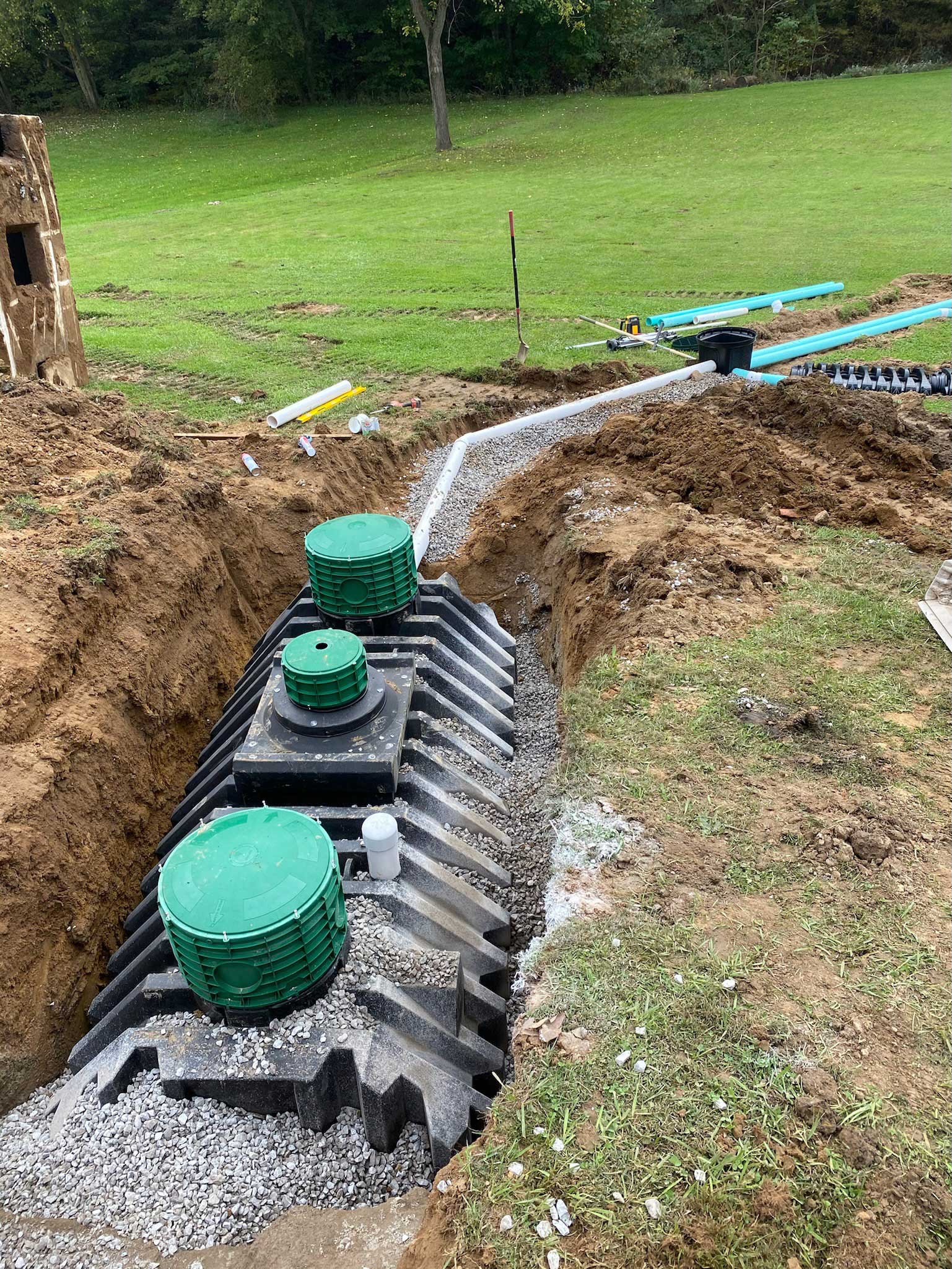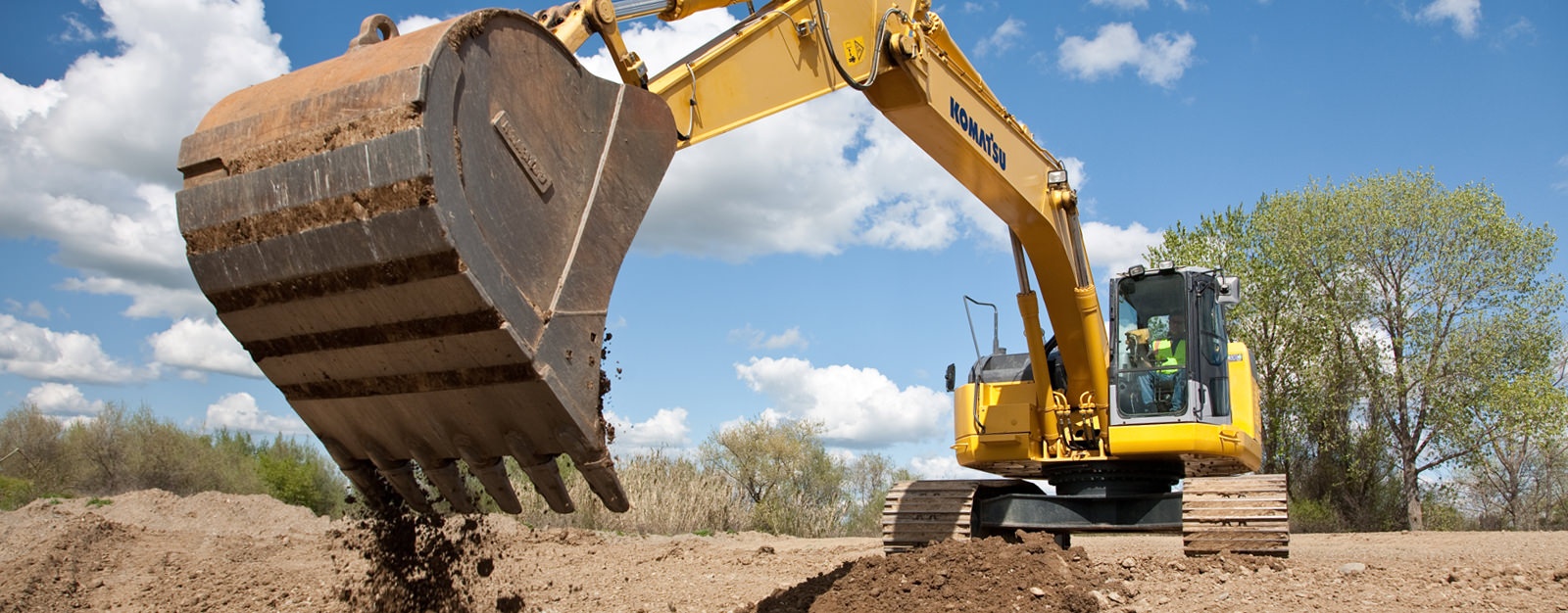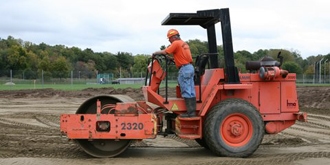Lancaster Trenching - Professional Trenching Solutions in Lancaster, Ohio
Lancaster Trenching - Professional Trenching Solutions in Lancaster, Ohio
Blog Article
Introducing the Art of Excavation: Pro Tips for Safe and Productive Excavating
As soil is transformed and planet is relocated, the details of excavation disclose themselves, demanding an eager understanding of tools, soil make-up, security protocols, and ecological considerations. The know-how needed to navigate these elements successfully can suggest the difference between a successful excavation job and a prospective disaster.
Significance of Appropriate Equipment
To ensure the security and performance of any kind of excavation job, using the appropriate devices is vital. The right devices not only improve efficiency yet additionally minimize threats associated with excavating. Excavation tasks differ in extent and complexity, ranging from little property landscaping work to large construction tasks. Regardless of the project size, having the right devices can make a substantial difference in the end result.
Excavators are fundamental pieces of equipment in any kind of digging operation. These functional makers come in different sizes to suit different task requirements. Tiny excavators are optimal for smaller tasks, while larger excavators deal with more considerable jobs efficiently. Backhoes are one more important devices kind, integrating the features of a loader and an excavator in one maker. They are useful for jobs requiring convenience and maneuverability.
Apart from excavators, other critical devices includes dump bulldozers, trucks, and trenchers. Discard vehicles are vital for getting rid of and moving excavated materials, while plates are made use of for digging deep and slim trenches. Bulldozers stand out in tasks that require pushing large amounts of dirt or debris. By buying the appropriate devices, excavation projects can be finished securely, on time, and with precision.
Understanding Dirt Composition
An extensive grasp of dirt composition is fundamental for performing excavation jobs with precision and security. Comprehending the various kinds of dirt is crucial as it straight influences excavation methods, equipment choice, and general task efficiency. Dirt make-up usually is composed of four major components: sand, silt, clay, and raw material. Each part has one-of-a-kind residential properties that affect how dirt responds to excavation procedures.
Sand fragments are the largest and offer great drainage but use little cohesion. Silt fragments are smaller than sand but bigger than clay, using modest water drainage and communication. Clay fragments are the tiniest and provide high communication yet poor drainage. Organic matter, such as decaying plant material, impacts dirt fertility and security.
Prior to starting excavation, carrying out dirt tests to identify its make-up and qualities is essential. This details aids in selecting the suitable equipment, executing safety actions, and developing excavation strategies tailored to the particular dirt conditions - septic ohio. By comprehending soil make-up, excavation experts can enhance project outcomes while guaranteeing safety and security and adherence to finest methods
Precaution and Protocols
Understanding dirt make-up is the keystone whereupon safety procedures and methods for excavation tasks are built, ensuring the wellness of workers and the success of the endeavor. When it comes to security throughout excavation, there are a number of essential steps that need to be applied to mitigate threats and protect against accidents.
Most importantly, before any type of excavating begins, a thorough assessment of the website should be conducted to identify any type of potential risks such as below ground utilities, unstable dirt problems, or nearby frameworks that can position a risk. It is essential to have a qualified person supervise the excavation procedure to make certain that all security protocols are complied with purely.
Additionally, all workers entailed in the excavation has to be effectively trained in safe excavating practices and the appropriate procedure of devices. By adhering to these security measures and methods, excavation projects can be finished successfully and without occurrence.
Reliable Excavation Preparation
When embarking on an excavation job, meticulous planning is vital to make sure efficiency, safety, and successful results. Reliable excavation planning entails several crucial steps that are critical for the smooth execution look at more info of the job.
Once the site analysis is complete, the next action is to create a clear timeline and routine for the excavation activities. This includes determining the series of jobs, equipment requirements, and manpower appropriation. Correct organizing helps avoid hold-ups and makes certain that the project remains on track.

Additionally, interaction amongst all employee is extremely important throughout the preparation stage. Clear directives, regular updates, and effective coordination are important for a successful excavation job. By spending time and effort in precise preparation, excavation groups can significantly improve performance, minimize risks, and accomplish effective end results.

Handling Environmental Factors To Consider
With enhancing emphasis on ecological sustainability in construction techniques, handling environmental factors to consider has become an essential element of excavation projects. Excavation tasks have the prospective to influence the surrounding atmosphere through dirt disintegration, sediment drainage, habitat disturbance, and contamination of water sources. To minimize these dangers, it is important to apply finest practices that focus on ecological protection.

Furthermore, proper waste monitoring is crucial to avoid soil and water contamination. Implementing procedures for the disposal of unsafe products, recycling of waste products, and lessening using hazardous chemicals can considerably lower the ecological impact of excavation tasks. By incorporating these methods into excavation planning and implementation, building and construction firms can make sure that their jobs are This Site not only secure and efficient however also eco liable.
Final Thought
Finally, mastering the art of excavation calls for a detailed understanding of appropriate equipment, dirt structure, precaution, and reliable planning. By following these standards and thinking about ecological aspects, excavations can be carried out securely and effectively. It is important to prioritize safety and security and efficiency in every excavating job to ensure effective outcomes.
As see this here dirt is turned and planet is relocated, the intricacies of excavation disclose themselves, demanding an eager understanding of equipment, dirt structure, safety procedures, and environmental factors to consider.To ensure the security and efficiency of any excavation task, making use of the suitable tools is critical.A thorough grasp of dirt composition is essential for implementing excavation projects with accuracy and safety. Comprehending the various types of soil is critical as it directly affects excavation approaches, equipment choice, and total project effectiveness. By comprehending soil structure, excavation professionals can enhance job end results while ensuring safety and adherence to finest techniques.
Report this page